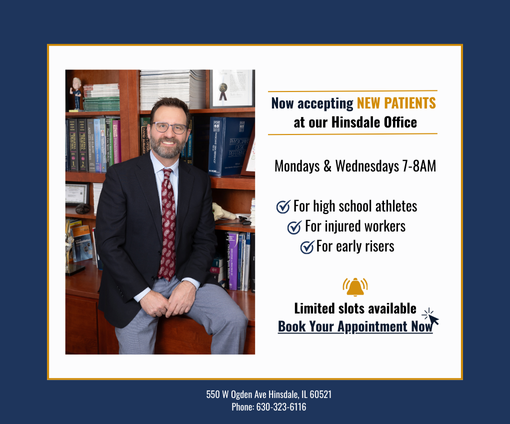 Are you ready "fore" golf?
Are you ready "fore" golf?
Cartilage, the protective surface that covers the ends of our bones, helps our joints move smoothly and without pain. Cartilage may become damaged with age, wear and tear, or injury. This wearing away of the cartilage surface and the associated symptoms of pain, stiffness and swelling is known as arthritis. Currently, there are limited options to address the early stages of arthritis when the cartilage wear is diffuse (wide spread) on the joint surface. Arthroscopic procedures can clean up the torn, worn out edges of the cartilage, and treat limited areas of cartilage damage to successfully improve symptoms and function.
Dr. Chudik performs cartilage repair and transplant procedures arthroscopically with small incisions. Arthroscopic shavers and ablations instruments are used to remove and contour the torn loose edges of cartilage and there are several options for cartilage restoration, depending on the specific location and severity of the cartilage damage.
You may return to activities when there is no pain and full shoulder range of motion, muscle strength and endurance, and functional use has been restored. This usually requires four to six months following a cartilage. Dr. Chudik will tell you when it is safe to resume activities. Depending on the severity of the cartilage damage and the type of repair, Dr. Chudik may advise you about recommended activity restrictions.
Learn More
 “Lower body” hockey injury needed delicate hamstring surgery, lengthy recovery and determination for Edwards to return to activities
“Lower body” hockey injury needed delicate hamstring surgery, lengthy recovery and determination for Edwards to return to activities
Dr Steven Chudik founded OTRF in 2007 to keep people active and healthy through unbiased education and research. Click to learn about OTRF’s free programs, educational opportunities and ways to participate with the nonprofit foundation.
1010 Executive Ct, Suite 250
Westmont, Illinois 60559
Phone: 630-324-0402
Fax: 630-920-2382
(New Patients)
550 W Ogden Ave
Hinsdale, IL 60521
Phone: 630-323-6116
Fax: 630-920-2382
4700 Gilbert Ave, Suite 51
Western Springs, Illinois 60558
Phone: 630-324-0402
Fax: 630-920-2382

© 2025 © 2019 Copyright Steven Chudik MD, All Rights Reserved.

